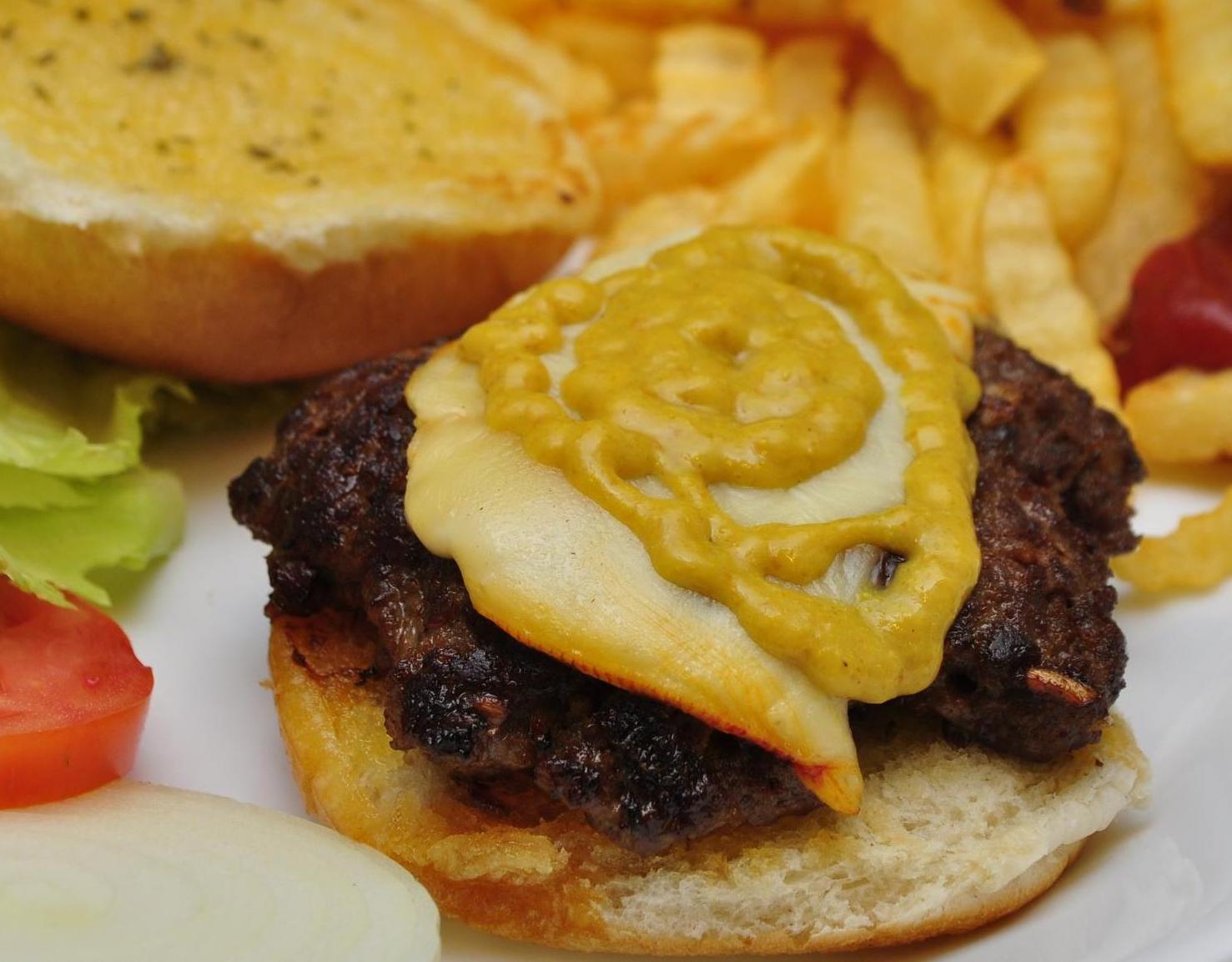The Science Behind Mustard and How to Get Rid of It (or Cry Trying)

We asked Troy Graham, one of our Dirty Chemists (and inventor of more than a few well known cleaning products loved by moms and dads across America), to tackle mustard - a notoriously difficult stain. Troy experimented with various types of mustard with one goal in mind: How do you get rid of it? Read on to find out.

Let’s talk about mustard.
Mustard comprises primarily of vinegar, which is a mild acid. Acid dyes are used to stain clothing. Turmeric is a common dye used in food, clothing, and many other applications.
Mustard*, as most things in the real world, has complicated chemistry and all of these components contribute to it being difficult to remove. Mustard composes of acetic acid (vinegar), turmeric (natural spice), mustard seed, wine, and citric acid, as well as many fatty acids, which are good for you, but since they are oils, they are difficult to remove from fabric.
Less expensive mustards (yellow mustard; store brands) tend to be the most aggressive in staining due to their lower viscosity. The lower viscosity (thinness) of the less expensive mustards allow it penetrate fibers more quickly. Also, mustards higher in vinegar (yellow mustard) will also stain more readily because of the lower pH which is the result of a phenomenon and practice that is called acid dying. Acid dying is what is often used to fix dyes to fabrics during their manufacture. Vinegar and citric acid are used to lower the pH of the dyebath which causes the dyes to bond to protein fibers by tightening them. The same two acids used in coloring clothing are also components of mustard.

Fun fact: Dijon mustards will often use verjuice from grapes instead of vinegar.
Turmeric is a natural dye and doubles as a pH indicator. You may have noticed mustard stains will sometimes turn red. This indicates that the stain encountered a higher pH (such as in a powdered laundry detergent). Once the stain turns red, its virtually impossible to remove. Especially post-dryer cycle as the heat will cure/set the stain.
So, you have acid, oil, and dye. Mustard is essentially the worst of all worlds when it comes to the components. Those are generally the three components of staining and mustard has all of them.
For more information about the composition of mustard and turmeric click here and here.
Ground mustards, Dijon mustards, and more expensive mustards tend to be easier to remove as they will often use less vinegar and less turmeric and rely more on the pure flavor of mustard seeds.

How to remove mustard/turmeric (or cry trying…)
1. Read the care label of your garment. Some treatments that work on cotton or polyester may damage wool or silk. Although our detergent is very gentle, it is always wise to be particularly careful when cleaning your fine garments (they’re expensive!).
2. DO NOT USE AMMONIA!
3. Scrape stain with cold knife or spoon ASAP. Fresh mustard can be removed… set-in mustard (esp. post-dry cycle) can be exceptionally difficult, if not virtually impossible, to remove.
4. Rinse stain thoroughly with COLD water. Cold water is important at first because it prevents the mustard/turmeric from setting-in and being baked into the fabric.
5. Mix 1 tablespoon (or 3 teaspoons) of Dirty Labs Bio Laundry Detergent + ¼ cup of cold water + 1 teaspoon of isopropyl (rubbing) alcohol. Apply liberally to the stains.
6. Let sit for 10 minutes.
7. You can blot the stains after this with a white rag (this will help transfer the stain, but be aware that the rag will be stained so should be disposable or preferably reusable if you don’t mind a yellow-stained rag)
8. Rinse stain with additional rubbing alcohol if the garment is color-safe. Otherwise, skip this step.
9. Rinse with hot water for 2 minutes.
10. Then, soak the garment in 1 gallon of water + 1 capful of Dirty Labs Bio Laundry Detergent for 10 minutes.
11. Wash per usual.
12. Hopefully, the stain is gone! (Disclaimer: Mustard is a stubborn stain!)
